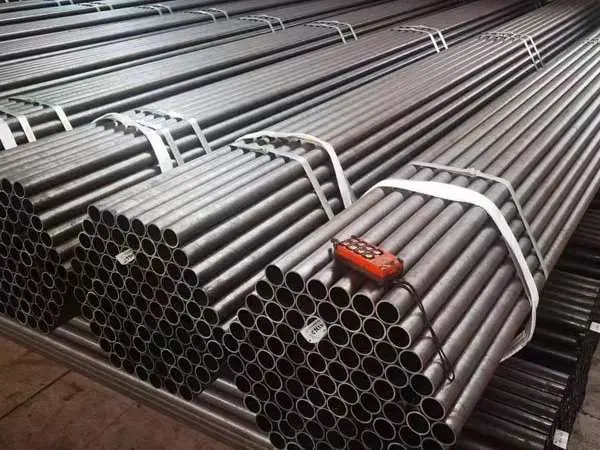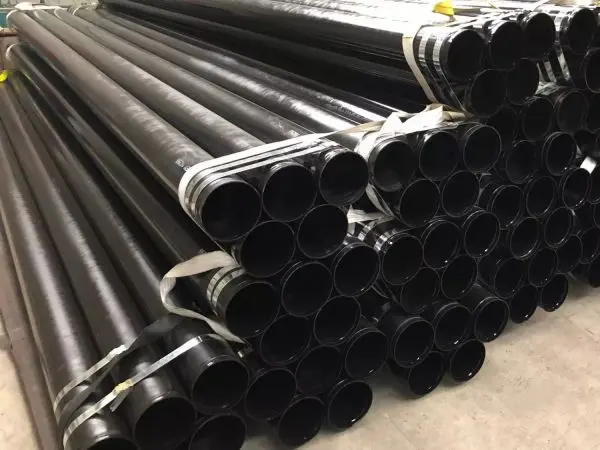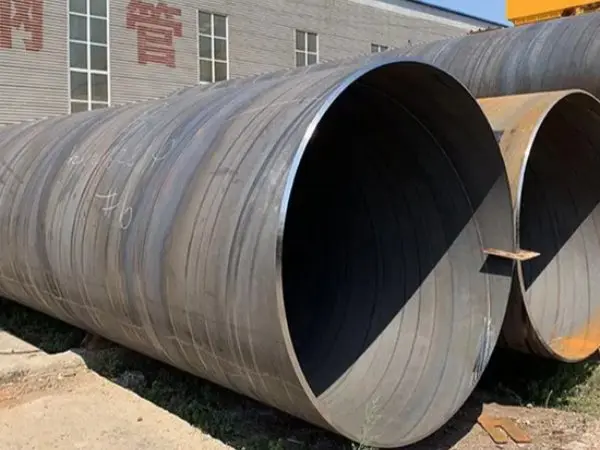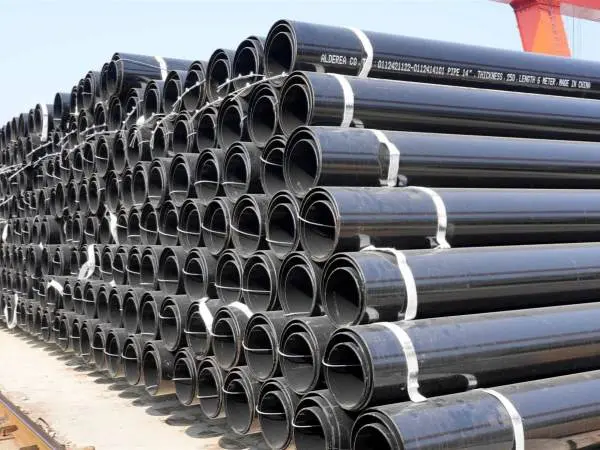- Phone0086 731 8564 8255
- E-mailsales@cscsteel-manufacturing.com
-

Based on the fundamental principles and process characteristics of nitriding treatment for seamless steel pipes, the key process parameters include nitriding temperature, nitriding time, and the ammonia decomposition rate. In this blog, we'll explore some critical aspects of the nitriding treatment process for seamless steel pipes.
1. Nitriding Temperature
At a nitriding temperature of 500°C, the surface hardness of the steel pipe is high. However, when the temperature exceeds this point, the hardness starts to decrease. This occurs because nitrides do not aggregate significantly below 500°C, and the dispersion of fumes is greater. Considering the balance between hardness, the depth of the nitrided layer, and the potential deformation of the steel pipe, the optimal nitriding temperature is typically maintained between 480°C and 560°C.
2. Nitriding Time
The surface hardness of the seamless steel pipe reaches its peak after a specific nitriding duration. Prolonging the time slightly decreases hardness, with shorter times required at higher nitriding temperatures to reach maximum hardness. The depth of the nitrided layer, however, continues to increase with extended nitriding time.
3. Ammonia Decomposition Rate
The ammonia decomposition rate refers to the percentage of hydrogen and nitrogen generated from ammonia decomposition within the furnace. A higher decomposition rate results in an increased hydrogen concentration, which inhibits nitrogen atom penetration by causing nitrogen to remain stagnant. Conversely, a lower rate promotes nitrogen infiltration. Excess ammonia can lead to increased brittleness in the steel pipe. The decomposition rate is influenced by several factors, including furnace pressure, ammonia flow rate, the surface condition of the steel pipe, and the presence of catalysts. Therefore, maintaining the ammonia decomposition rate within an optimal range of 18% to 45% is crucial, and it can be controlled by adjusting the ammonia flow rate and furnace pressure.




